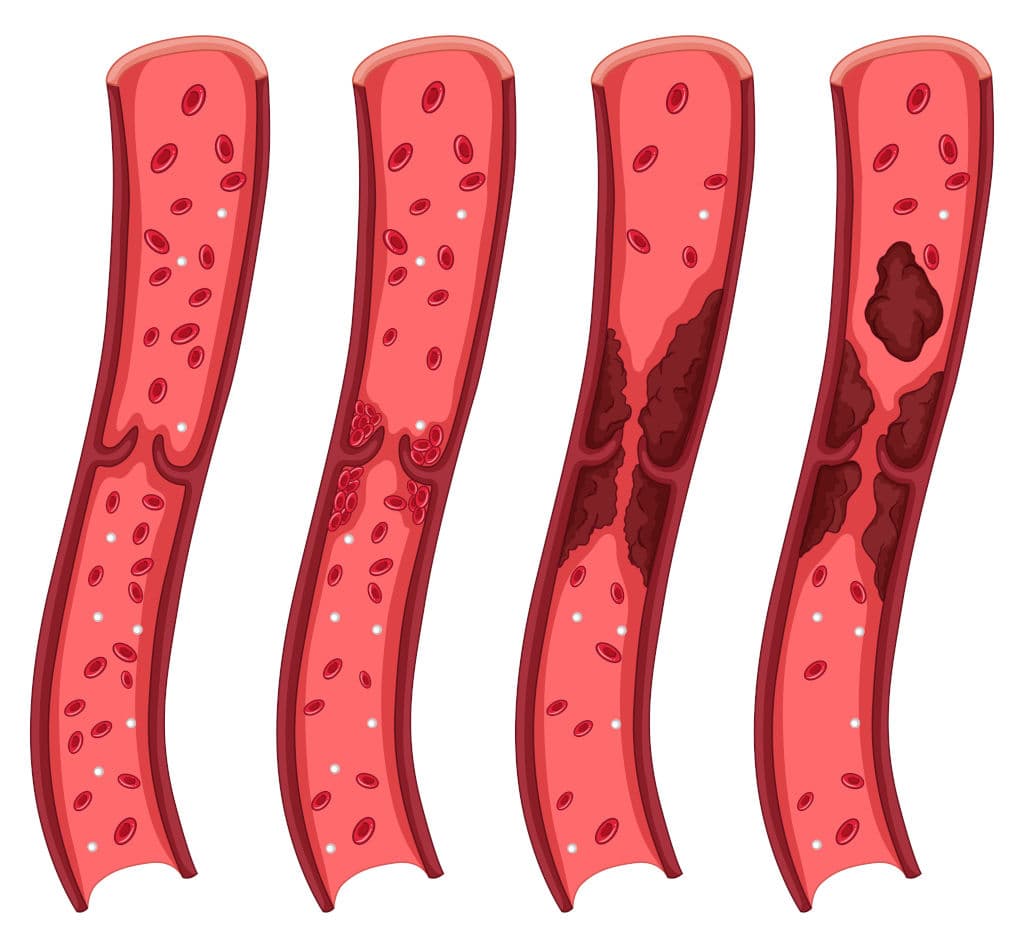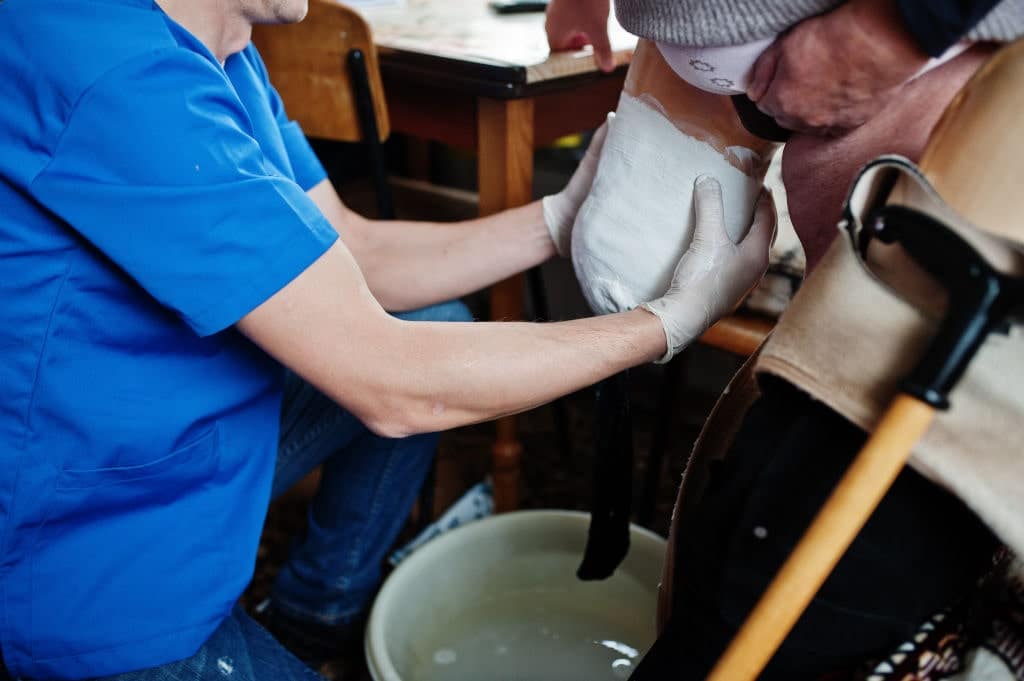An embolus is a blood clot that has entered a blood vessel from another body section. It may stop the vessel’s ability to carry blood and damage tissues or organs. Typically, medication is used to dissolve an embolus. However, if the drug is ineffective, the doctor may require embolectomy surgery to remove the embolus.
Embolectomy is a surgical procedure to remove a blood clot (also known as an embolus) from a blood vessel. The blood clot may prevent blood from reaching tissues or organs.
Embolectomy is the third most frequent cause of vascular disorders in the United States. Taking out an embolus is frequently done in an emergency. However, it is commonly underdiagnosed. It is estimated that there are 66 cases per 100,000 people per year.
Possible Surgical Errors That Can Occur During Embolectomy
Doctors are human. They do not possess supernatural godlike abilities. They treat their patients to the best of their abilities by utilizing their expertise, training, and practice. When it comes to curing health problems and ails, there are no guarantees. Every surgery entails a certain amount of danger for the patient.
But occasionally, a surgery like an embolectomy might go wrong, and a patient might become worse because the surgeon committed a surgical mistake.
An example is seen in the case of Leonardi v. Loyola University of Chicago. In this case, one of the doctors performed an emergency pulmonary embolectomy to correct a clot impeding blood flow to the arteries. However, the clot broke into many pieces and dispersed through the arteries. This caused the defendant to suffer irreversible brain damage.

Other examples of surgical mistakes that may result in unsuccessful embolectomy include:
Retained Foreign Objects
A retained foreign object is any surgical tool, device, or anything mistakenly left inside the body cavity following surgery. Retained foreign objects have the potential to harm innocent victims severely, resulting in illnesses, pain, and suffering.
However, it is not always immediately noticed when an object has been left in a patient’s body. Many patients learn that they have a retained foreign body when they experience symptoms like persistent or unexplained discomfort, infections, or a lump they can feel.
Sadly, some patients find residual surgical bodies when it is too late to treat them. Such a patient may pass away from severe infections, damaging inflammatory reactions, lethal blockages, and difficulties during subsequent surgery.
Delayed Surgery
For one reason or another, a doctor may decide to delay surgery. However, this delay can cause irreversible damage. It’s even worse in a case of embolectomy, where taking out an embolus is frequently done in an emergency.
An example is seen in the case of Estrada v. Burnham.
In this case, the plaintiff, who suffered from a bullet wound to the leg, was to undergo an embolectomy. However, the operation lasted from 6 pm to 10 am the next day. This was because, on some occasions, the defendant came to the operating room but did not perform any surgery. The operation eventually failed to reestablish blood flow to the plaintiff’s leg. This led to his leg being amputated the next day.

Anesthesia Errors
Anesthesia administered either too much or too little might be hazardous to a patient. An excessive anesthetic can cause brain injury, an oxygen deficit, or even death. A patient who receives insufficient anesthetic risks awakening during surgery, suffering pain, and enduring psychological damage.
Let’s take the case of Martin v. Ricotta, for example. In this case, the plaintiff was given an incorrect dosage of anesthesia.
The defendant gave the patient 162 mg of papaverine intraoperative. This is 27 times more than the recommended dosage. This resulted in the death of the plaintiff’s infant.
In such circumstances, the jurors may have issues understanding how the high dosage of anesthesia could have caused the infant’s death. Medical animation can solve this issue.
Animation can visually illustrate how a person may have been impacted by medicine, surgery, treatment, or accident by creating precise anatomical reproductions.
What Is The Importance Of Using Medical Animation To Illustrate Surgical Errors?
Everyone makes mistakes, and no one is flawless. However, if a surgeon makes errors during embolectomy, such errors could have grave, life-threatening consequences.
There is also the danger of post-surgical complications. Such a patient may require a second surgery to address the initial issue that had caused the injury.
In such circumstances, the victim would likely sue the hospital or the surgeon for such errors. Using medical animation is a great technique to show how embolectomy surgical errors or malpractice have affected a person.
The importance of employing animation in a surgical error case is endless.
Let’s consider a scenario where during an embolectomy surgery, the surgeon left a surgical sponge in the body of the patient.
Such an error can damage the patient’s organs and tissues. Medical animation can show how the patient’s condition worsened due to the foreign object in their body. Hence, making the jurors sympathize with the patient.
In addition, medical animation has proven beneficial for describing surgical procedures and treatment protocols in court. This is done by contrasting normal anatomy to the anatomy of the victim subject to error. Hence, enabling jurors and judges easily understand complicated expert testimony that is frequently perplexing.
Medical animation is an investment that pays off by giving you visual assistance to get a better result. We understand this at Fox-AE. Hence, our medical animators do their best to ensure every case is treated as unique. With an embolectomy animation, we can illustrate the different nuances and scenarios during the procedure. We work closely with expert witnesses and attorneys on a case to ensure we develop admissible demonstrative exhibits.





